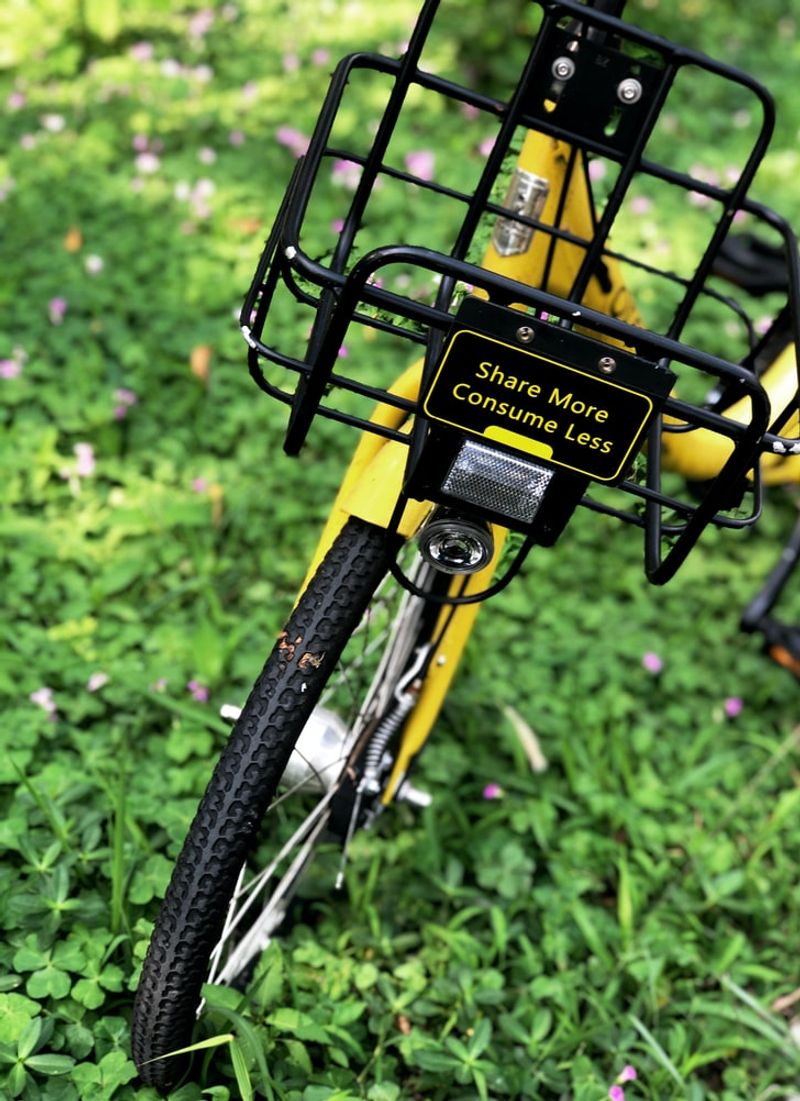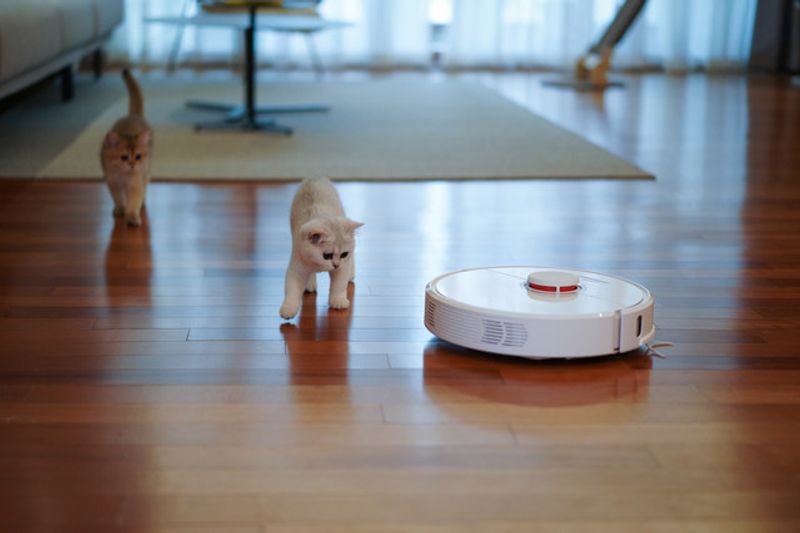16-Dec
Today's posts

Let It Snow with Perlin Noise in p5.js
Wintertime has always struck me as somewhat offset from the holiday season. The weather gets cold and dark, but snow seems to be in its primetime around January and February, at least here in Oslo. As a result, people around the world may have to resort to simply dreaming of a white Christmas. But regardless of where you live and the level of crystalline precipitation thereabouts, we have the technology to make it snow right now! In your browser at least.

Automating deploys to Kubernetes using ArgoCD and jsonnet
So you have a Kubernetes-cluster and a bunch of applications. You trigger deploys by manually pushing templated yaml to your cluster. The codebase is large and the manual processes time-consuming and error-prone. You need a better way. Well, let me help you with an opinionated suggestion.
Typeclasses in Haskell (and Elm?)

Kan vi "dultes" i en grønnere retning?
Stadig flere retter fokus mot klimaendringene, og vi som forbrukere og privatpersoner ytrer et ønske om å bli mer bærekraftige. Samtidig observerer vi et gap mellom holdninger (hva folk ønsker å gjøre), og adferd (hva vi faktisk gjør).
Creating domain-specific languages
Kotlin introduces a lot of new language features for us developers. Those features allows us to create code that is type-safe, easy to write and easy to reason about. A good example of this are the type-safe builders a.k.a DSLs, and in this article we're taking a look at how we can create our own DSLs.

Maintainable React components with Typescript
I often find myself coming into code bases that I haven't worked with before to fix a bug or add some new feature. This is honestly more often that not quite challenging.

Hvorfor innovere når internettgigantene uansett vinner?
A Bunch of Nothing
One of the great advantages of Elm is its strong runtime guarantees, and one important technique it uses to achieve this is using data types such as Maybe and Result to handle errors, instead of having values like null or undefined in the language. These structures are very nice to work with, but if you don't know the tools at your disposal, they can be tricky.

The power of your voice
So, you’ve conquered your fear of taking the stage, you’ve prepared your presentation to perfection, and things are going well. But still the audience all seem a bit careless, and it feels like your delivery is lacking that little extra. I think it’s time to introduce the real power of your voice.
Designing for online auctions
As designers we are used to working on new domains, problems, and design challenges, and we are left with interesting reflections and insights about them. In an attempt to share some of these insights, I have written this article about the design challenges and solutions of designing for an online auction. Hopefully it can serve as inspiration or insight for other designers!

IoT Security at home
What is the state of your IoT (Internet of Things)-security in your home? Do you have any gadgets on your network that are vulnerable to exploitation? Maybe you have any devices you do not recognize? If you own an IoT-device then you should be curious about how it talks to the Internet and how security is taken care of.